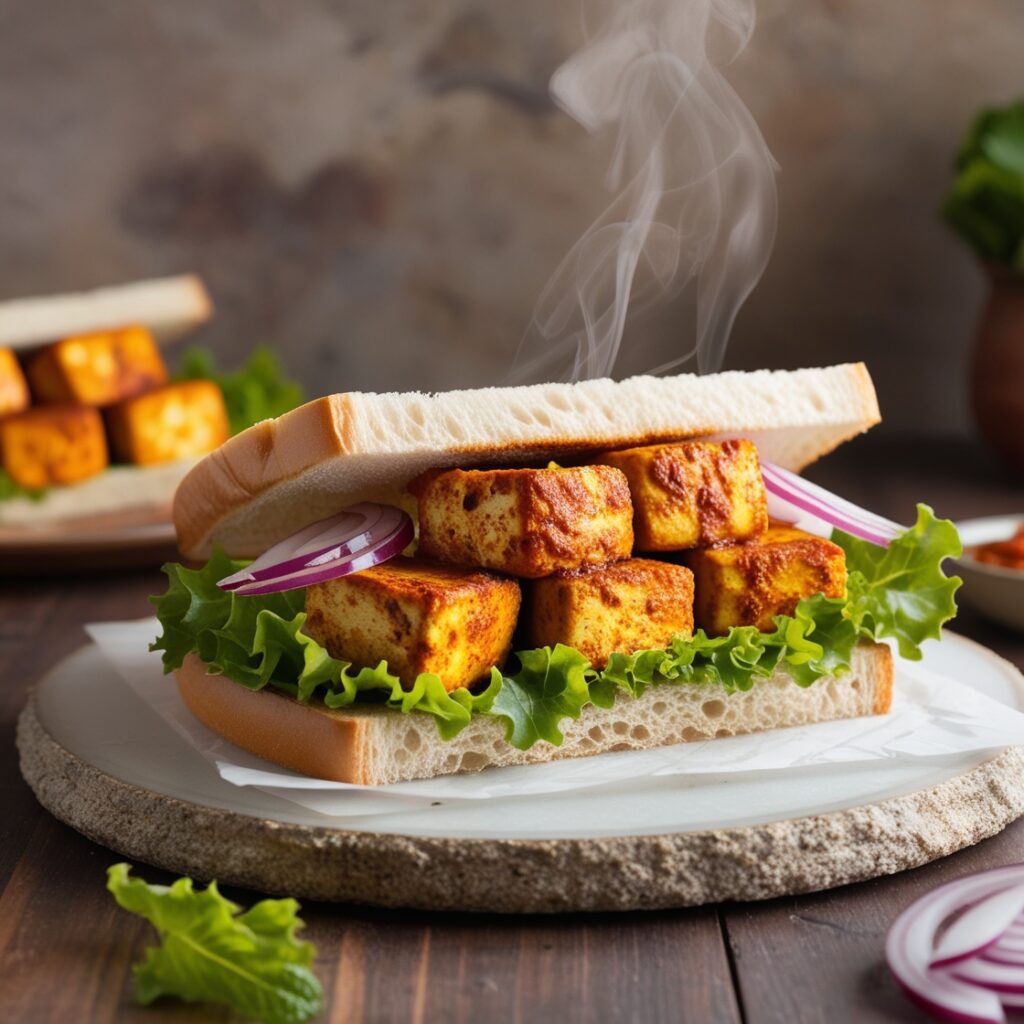The humble sandwich is a culinary marvel transcending cultures, continents, and centuries. Whether it’s a simple peanut butter and jelly creation or a gourmet masterpiece piled high with exotic ingredients, sandwiches have an undeniable charm. In this blog, we’ll dive into this beloved dish’s history, versatility, and endless possibilities. By the end, you’ll be inspired to elevate your sandwich-making game.

A Brief History of Sandwiches
The sandwich, as we know it today, dates back to the 18th century. John Montagu, the 4th Earl of Sandwich, invented it. According to legend, the Earl, an avid gambler, requested his meat be served between two slices of bread so he could eat without leaving the gaming table. This practical invention quickly gained popularity and was soon adopted by people across England and beyond.
Of course, the idea of putting food between bread is not new to the Earl alone. It has long been part of variations of this idea that the rest of the world embraces. The Middle Eastern pita stuffed with falafel, the Mexican torta, and the Vietnamese bánh mì are all a testament to the universal appeal of the sandwich.
The Anatomy of a Perfect Sandwich
Creating the perfect sandwich requires a balance of flavors, textures, and ingredients. Here’s a breakdown:
- The Bread
Bread is the base of every sandwich. From sourdough to ciabatta, whole grain to baguette, it must match the filling. Sturdy bread is ideal for heavy ingredients while softer options go well with fragile fillings.
- Spread
Spread some moisture and flavor into the mix. Mayonnaise, mustard, butter, hummus, pesto, or even a tangy yogurt sauce are just a few possibilities. The important thing is to add just enough so that it’s not overwhelming.
- The Protein
In many cases, the protein will be the focus of your sandwich. Grill chicken, turkey, roast beef, tuna, eggs, or opt for a plant-based choice with tempeh and tofu. For a vegetarian version, roasted vegetables or rich cheeses will take center stage.
- The Vegetables
Raw vegetables will bring crunch and pops of color to your sandwich. Try lettuce, tomatoes, cucumbers, onions, and peppers, or consider pickled or grilled varieties for added flavor and interest.
- The Toppings
To take it over the top, add a dollop of mashed avocado, crumbled bacon, sliced olives, sprouts, or a fried egg on top. This gives your creation another dimension in flavors and textures.
Sandwiches are one of a global phenomenon, and each region has its version. Here are a few iconic examples:
United States: The Reuben sandwich, made with corned beef, Swiss cheese, sauerkraut, and Russian dressing on rye, is a staple in any deli. The classic BLT (bacon, lettuce, and tomato) is another American favorite.
Italy: It is a panini, with a filling of mozzarella, tomatoes, and basil. Yet another Italian treat is the tramezzino, which takes the shape of a triangular sandwich with dainty fillings.
Vietnam: Bánh mì, an adaptation of the French baguette combined with Vietnamese elements of pickled vegetables, cilantro, and meat or tofu for a great symphony of tastes.
India: The vada pav is the Indian burger, a spicy potato fritter sandwiched in a pav (soft bread roll) with chutneys and fried chilies.
France: The croque-monsieur is a rich, grilled ham and cheese sandwich often topped with béchamel sauce.
The Art of Customization
One of the greatest joys of sandwiches is that they can be customized to fit your dietary preferences, ingredient availability, or mood. Here are some tips for making your sandwich truly your own:
Try spreads: Replace mayonnaise with tzatziki, harissa, or even mashed avocado for a fresh twist.
Switch up the bread: Try wraps, bagels, or flatbreads for a change of pace.
Layer thoughtfully: Alternate textures and flavors to create a balanced bite every time.
Toast or grill: A little heat can transform your sandwich, melting cheese and crisping up the bread.
Fun Facts About Sandwiches
The world’s largest sandwich weighed over 5,440 pounds and was created in 2005 in Iran.
The most expensive sandwich ever sold was the “Quintessential Grilled Cheese,” which featured edible gold flakes and rare cheese and was priced at $214.
Americans consume more than 300 million sandwiches per day—almost one for every man, woman, and child.
Easy Recipe to Make
If inspiration strikes, try this simple gourmet grilled cheese recipe:
Ingredients:
2 slices sourdough bread
2 tablespoons butter
1/2 cup shredded sharp cheddar cheese
1/4 cup grated Parmesan cheese
1/4 teaspoon garlic powder
Optional: sliced tomato or cooked bacon
Instructions:
Butter one side of each bread slice.
Mix the cheese and garlic powder in a bowl.
Heat a skillet over medium heat. Place one slice of bread, buttered side down, in the skillet.
Add the cheese mixture (and optional toppings) and top with the second slice of bread, buttered side up.
Cook until golden brown on both sides, about 3-4 minutes per side. Slice and serve warm.

Conclusion
“In conclusion, sandwiches are more than just a convenient meal; they reflect creativity and culture. For example, a classic peanut butter and jelly sandwich evokes nostalgia, while a gourmet panini showcases culinary innovation. Moreover, sandwiches are versatile, offering endless possibilities for customization to suit any taste or occasion. On the other hand, they remain a humble and accessible option for quick meals. Ultimately, whether you’re enjoying a hearty club sandwich or experimenting with bold, new flavors, sandwiches prove that great taste often lies between two slices of bread. Therefore, next time you’re hungry, embrace the opportunity to craft a sandwich that satisfies not only your appetite but also your imagination.”
Leave a Reply